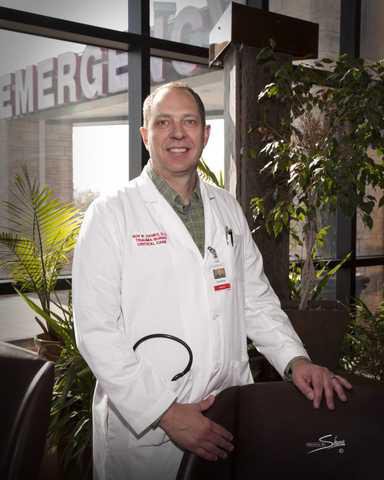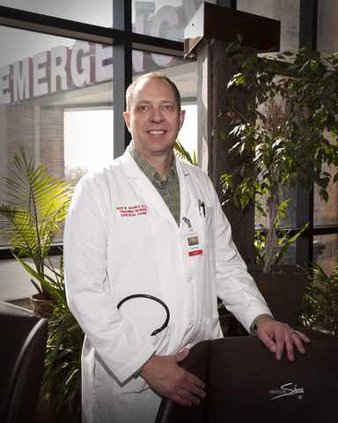Gastroesophageal Reflux Disease (GERD), better known as “heartburn” affects most people at some point in their lives. The symptoms can range from an annoying burning sensation in the stomach or chest that occurs after certain aggravating foods being eaten to that of chronic painful chest or throat pain after drinking just water. Chronic GERD (symptoms occurring on a daily basis) affects 20-30 million Americans.
GERD is caused by stomach acid washing up into the esophagus. The irritation and erosion of the lining of the esophagus can effect anywhere from a very short distance to nearly the full length of the esophagus. In severe cases, the acid can trigger asthma attacks and even lead to pneumonia.
GERD is attributed to certain lifestyle and physical factors: obesity, diet, tobacco and alcohol use are modifiable lifestyle factors that can make GERD occur and, removal of these factors can improve symptoms. Acquired processes, such as a hiatal hernia (where the stomach slides up into the chest, through the diaphragm muscle) can be present and cause the symptoms of GERD to worsen.
As harmless at the term “heartburn” sounds, chronic GERD can lead not only to debilitating diseases, but fatal ones as well. These include: scarring of the lining of the esophagus causing a narrowing (“stricture”) which can make the passage of food, into the stomach, difficult or even impossible. Over the course of time and chronic exposure of the lining of the esophagus to acid from the stomach, pre-cancerous and cancerous cells can develop. Indeed, esophageal cancer, as a result of chronic GERD, is becoming one of the most commonly diagnosed cancers in the U.S.
Treatment for GERD depends on the severity and frequency of the symptoms. Non-medical treatment consists of lifestyle changes:
* Weight loss
* Reduced consumption of alcohol
* Smoking cessation
* Diet modification (decreasing intake of high acid foods such as citrus containing fruits)
* Elevation of the head of the bed (not just adding pillows) by 6-8 inches
* Waiting 4 hours between last meal and lying down to sleep.
Medical therapy is often used in conjunction with non-medical treatment:
* Antacids such as Tums or Mylanta for mild symptoms
* Acid reducing medications such as Zantac (Ranitidine) or Pepcid (Famotidine)
* Acid blocking medications such as Prilosec (omeprozole) and Pevacid (lansoprosole)
Keep in mind that the acid blockers and acid reducers are meant for short-term control of symptoms. Since these are now widely available over-the-counter, it is easy to simply purchase more with little concern for the potential side effects of the medication. Side effects include: reduced blood levels of magnesium, bone thinning (osteopenia) and over-growth of bacteria in the colon that can cause severe diarrhea. Furthermore, persistent use because of continued symptoms may cause the patient to overlook the possibility that a more severe disease exists, thus delaying diagnosis.
Surgical therapy remains a viable option for definitive treatment of GERD. The two most common operations are both a fundoplication, where the upper stomach is wrapped around the esophagus, thus recreating the loose “valve” between the stomach and esophagus. This operation is most commonly performed using minimally invasive techniques known as laparoscopy and is done inside of the abdomen.
The other operation, is performed without incisions and is carried out via a special, flexible camera known as a gastroscope. In this case, the stomach is wrapped around the esophagus “internally”, that is, inside the stomach as opposed to inside the abdomen as with the other operation.
With any operation, there may be great benefit, but with some risk and/or side effects. The most common complaints after the laparoscopic technique are gas bloat and some mild difficulty with swallowing. With the incisionless procedure, both of these symptoms may occur, but with far less frequency and severity. The surgeon performing the operation will decide, with input from the patient, which procedure is best.
Once a patient has tried and failed a six week course of medications, strong consideration should be given to referring for an upper gastrointestinal endoscopy to look for advanced disease. If this is the case with you, see your personal physician or health care provider for instructions regarding further treatment.
Dr. Danks joins GBRH





